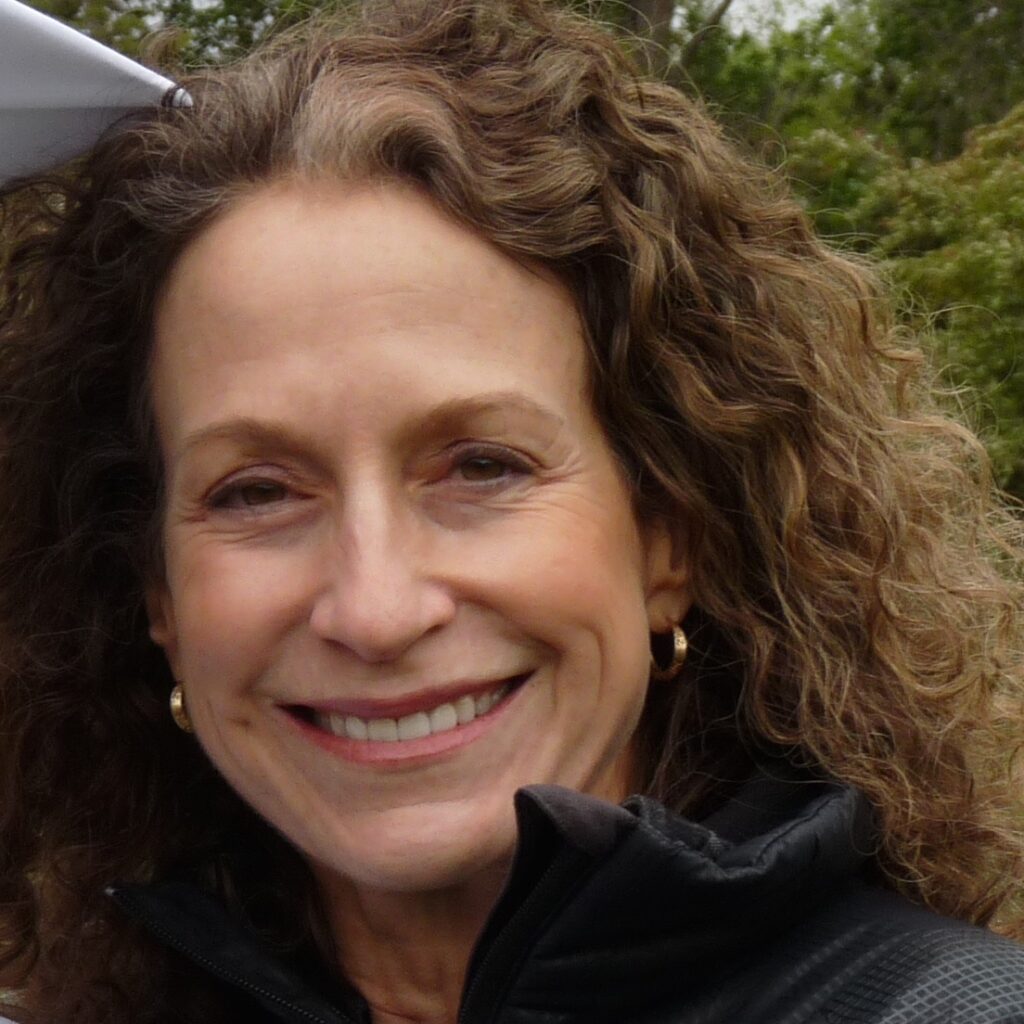What’s the return on a philanthropic investment if the social results don’t materialize? Well, obviously, not much. But amazingly often, funders disregard this inconvenient reality. After the application process, the vetting, the handshake on the deal, the money transferred, the non-profit goes to work and the funder monitors. It should be an ordinary transaction: money exchanged for work accomplished and results delivered.
Except that last step is trickier than it seems. Between the arrival of the check and project completion, unforeseen events can cause costly disruptions. Under such circumstances, a commercial start-up, dependent on a venture capitalist, can argue persuasively that more investment money is needed to achieve desired results. Venture capital firms expect some disruption and build the management of roadblocks into their financial projections. They understand that markets fluctuate, product development is an ongoing process, consumer feedback is critical to adjusting product and sales, and dealing with the effect of such changes to the model costs money. Program and product roll out is never smooth.
Switch scenarios to being a philanthropic funder and the ground rules change, drastically. There is no extra money for program redesign, no extra time to renegotiate with local governments, no contingency funds for unexpected obstacles, and often no leeway at all for creative adaptation. No social entrepreneur would willing accept these terms if any others were available, but better terms aren’t around. Social impact initiatives are often parallel actors to for-profit ventures, but their funders live in different universes.
For five years, I have been funding social entrepreneurs and 501(c)(3)s who need contingency funds. Accounting for unpredictable events should not be a revolutionary idea, but Open Road Alliance occupies a pretty lonely niche in the funder spectrum. It’s very difficult, and often impossible, for these enterprises to access fast, flexible funds to address immediate problems that are, or could become, life threatening if not quickly rectified. Our grants and loans ensure the impact of the project, rescuing the ROI of the original donor’s investment.
Open Road has disbursed $12 million dollars, leveraging more than $92 million in original project funds. As an individual philanthropist, I like this model because I get leverage, I get to keep a small organization, I know where my money is going directly, and I am involved in a wide variety of cool social good ventures. It’s a great deal for me.
Yet for the sector as a whole, both intuition and experience tells us that there is a better way than desperately seeking funds after a roadblock. If funders took more initiative to talk about and plan for risks with their non-profit partners, non-profits wouldn’t need a rescue operation. Creating a contingency plan is efficient and cost effective.
The importance of looking at risk upfront is highlighted by a 2015 survey we completed with 400 funders and grantees about how often obstacles occur and what grantees do when a project is derailed. Here are the main points:
- Funders and grantees agree that 20% of projects will require extra funds due to unexpected events, but
- 83% of funders do not set aside money to meet such emergencies. Moreover,
- 76% of funders never ask what could go wrong in the execution of the project and therefore are unprepared to hear about or respond to an emergency; and
- Funders falsely believe that nonprofits don’t need their money because another donor will step in to fill the gap (65%), but in fact that only happens 35% of the time.
So, we know that funders aren’t approaching their philanthropic investments the way they treat other investments, but what to do about it? Last year, Open Road convened over 20 leaders representing foundations, nonprofits and industry experts to discuss solutions. Over a six month period, this group developed usable tools for funders, covering risk culture, risk management and how to assess risk with in partnership with the grantee.
Currently, promoting these tools and information is as much part of our business as providing grants and loans. We believe that when grantees cannot access funds quickly to address unforeseen circumstances, all parties lose, including the funder who has just wasted a pile of invested funds and won’t see the hoped-for results.
Even beyond the lost ROI, wasted social investments can cause problems that are generally not evident to funders or the public. Projects that fail can be deeply unsettling to the beneficiaries, eroding trust, and making it even more difficult for future projects to succeed. For example, when a nonprofit elicits participation from a community, whether in the urban US or rural Asia, the community is asked to trust that the project will at least be completed in good faith. So when a solvable situation, i.e. no more money, is presented as a reason for discontinuing a project, the community is disillusioned and less likely to embrace another idea for community development. Without community buy-in, little progress will be made no matter what the investment from the outside.
Open Road protects social impact that has been contracted for by other donors who cannot or choose not to remain a central player in the work that they have funded. We believe that our interventions are smart investments for us, but really we prefer that the sector changes so that the financial aspects of dealing with disruptions is not left to cash-strapped organizations. The beauty of philanthropy vs. for-profit investing is that we want to put ourselves out of business. When risk management is as commonplace in grants as it is on Wall Street, we will be.
Founder, Open Road Alliance


